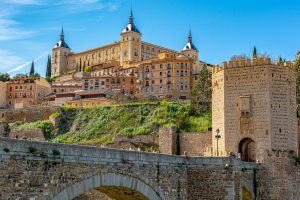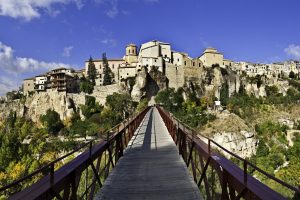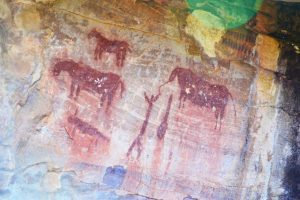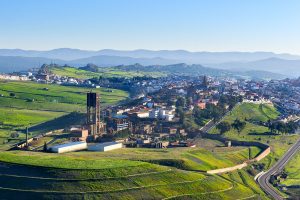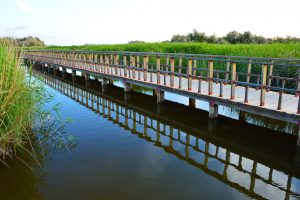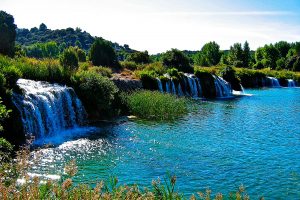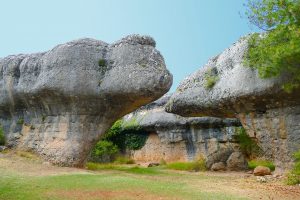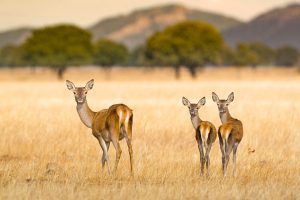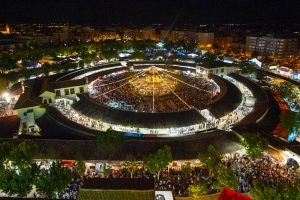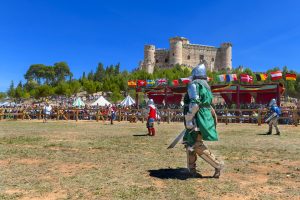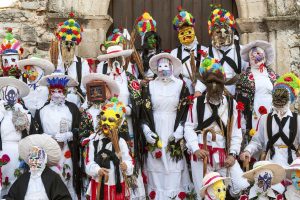ABOUT THE REGION
With Toledo and Cuenca, two other unique enclaves of Castilla-La Mancha are also World Heritage Site: the Almadén Mining Park and the cave paintings of the Mediterranean Arc that follows one another through caves and shelters in the provinces of Cuenca, Albacete and Guadalajara.
Sickles and cannons found in the province of Albacete with places as admirable as Alcalá del Júcar or Jorquera, highly appreciated destinations for rural tourism. The highest levels of Castilla-La Mancha are located in the Sierra de Ayllón, in Guadalajara. It is the region of the famous black villages. The Hayedo de Tejera Negra Natural Park is considered a botanical relic. It is the southernmost beech forest in Europe.
The great plains, full of vineyards, are truncated by hills with their famous windmills in the provinces of Ciudad Real, Cuenca and Toledo.
Written by Miguel de Cervantes Saavedra in the years 1605 (first part) and 1625 (second part). It recounts the life of a poor nobleman who goes crazy reading chivalric books and decides to explore La Mancha believing himself a knight, dressed in his armor, riding his horse Rocinante and accompanied by a squire. In order to combat injustice, he travels through various areas of the territory. He falls madly in love with a “maiden” named Dulcinea del Toboso, in whose name he undertakes his exploits. During his travels he suffers all kinds of mishaps, such as the famous confrontation with the giants that turned out to be windmills.
Cervantes lived part of his life in Illescas (Toledo), a house that can be visited today and several routes are offered to visit the enclaves through which Don Quixote passed in the novel.
Furthermore, Castilla-La Mancha is the perfect destination to discover and learn the Spanish language. Its welcoming cities offer security and a great quality of life. The different Spanish programs at the University of Castilla-La Mancha provide everything the foreign student needs to learn the language, also enjoying all the cultural and recreational activities of the university cities.
All the capitals of the region are connected with high-speed train to Madrid, the capital of Spain, where is located the most important airport of the country and one of the airports with more traffic in Europe.
Castilla-La Mancha is an exceptional and surprising region waiting for you.
You will have the opportunity to discover fascinating scenarios as well as to live unforgettable experiences.

